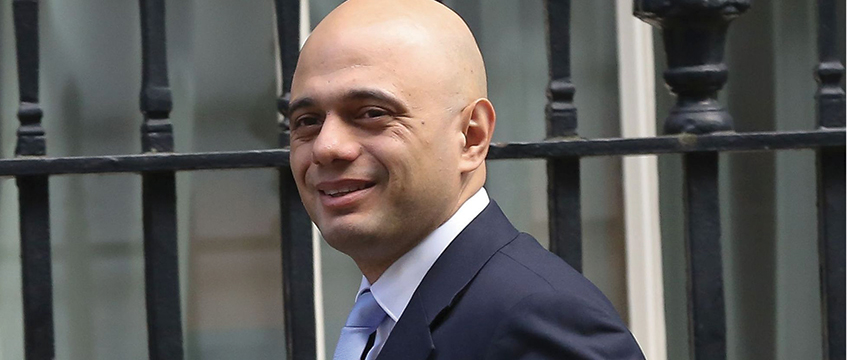The recent revaluation of business rates, which takes effect on 1 April this year, has become an emotive issue. The general consensus is that the current system is broken. The latest changes have resulted in clear winners and losers, the latter prompting calls of a “business rates raid”.
The revaluations are, of course, revenue neutral – the total amount that the government raises through business rates should only increase in line with the Retail Prices Index (RPI).
Out of step with the property market
The outcry at the recent property revaluation, on which business rates are calculated, has arisen largely because the last revaluation was in 2010 (based on property values in 2008), the 2015 revaluation having been postponed. The intervening period has seen significant fluctuations in the property market, and so it is inevitable that the 2017 revaluation (which relies on 2015 property values) has resulted in some marked changes.
Business rates are calculated as a multiplier of a property’s rental value (the uniform business rate), which is now close to 50%, and are a major outgoing for most businesses. However, as a straight property tax, they do not bear any relation to a business’ size or profitability.
Far-reaching rate increases
The story of who has won and lost most in the 2017 revaluations is more nuanced than has been portrayed. It is not simply a case of London suffering as a result of its soaring property prices and the regions benefitting from lower valuations. Neither is it just small retailers shouldering higher taxes on their premises in prime locations, while big e-commerce firms see rates on out-of-town warehouses plummet. In this revaluation, 82% of businesses will have their rates reduced or remain unchanged (according to Colliers International). Of the remaining 18% set to see an increase in their rates, retailers and small businesses are not the only groups to suffer. Universities and hospitals will see significant rises in their rates bills, as well as telecoms operators, nightclubs, restaurants, stud farms and riding schools.
Following strong calls to offer more assistance to businesses facing the biggest increases, Philip Hammond announced in his budget an estimated £435m package directed at those most affected, which will go some way in easing the burden. £300m of this will constitute a fund for local authorities to give discretionary relief to the worst cases.
Transitional relief and appeals system flawed
Changes to the appeals system to challenge the new rateable value are also coming under criticism. The new system of “check, challenge, appeal” places more onus on business owners to supply evidence and alternative valuations. The issue vexing lobby groups including the British Property Federation, Confederation of British Industry, and British Retail Consortium (which have submitted a joint letter to parliament, with other interested parties) is the proposal to dismiss appeals against incorrect valuations which are within the “reasonable professional judgment” of the valuer, with experts concerned that the allowable margin of error could be as much as 20%.
The legal basis for this change is as yet unclear, and the chancellor bypassed the issue in the budget.
The limitations to transitional relief are another bone of contention. Under the current regime, businesses with a fall in rates are only able to benefit from a phased reduction in their business rates bill. This finances a stepped increase in rates for those whose property valuations have gone up, sometimes viewed as making poorer businesses fund those with more valuable properties.
The budget saw limited measures for 2017/18 addressed at capping increases for small businesses at £600 per year, and a discount of £1,000 for pubs with a rateable value over £100,000. However, it did nothing to help those whose rates have fallen but who will not benefit from the full reduction.
Devolving powers
Instead of tackling these issues head-on, the government used the budget to promise another consultation on business rates and to repeat the pledge to have more frequent revaluations. No steps have been taken to solve the predicament of business rates reform. There are plenty of sensible suggestions, including a cap on business rates financed by a supplement to the level of uniform business rates, annual revaluations, and a new category of rates for e-commerce and digital businesses.
The government has made the decision to devolve powers to collect business rates to local authorities. The ability to set their own lower business rates could be a powerful tool to attract inward investment. Brexit aside, international retailers have been deterred from investing in the UK due to its onerous property tax system. Lower rates could also boost development in the regions, and improve the viability of previously floundering schemes. However, local governments will struggle to fund any shortfall in business rates revenue resulting from such measures.
Conversely, local authorities with directly elected mayors and the support of local business leaders may welcome the ability to charge a premium on business rates to fund new infrastructure, but this is again likely to prove contentious. They may not thank the government for devolving the business rates predicament.
Joanna Davies is a principal associate at national law firm Mills & Reeve








